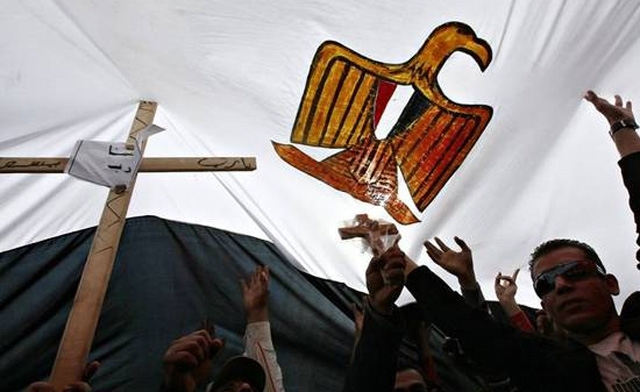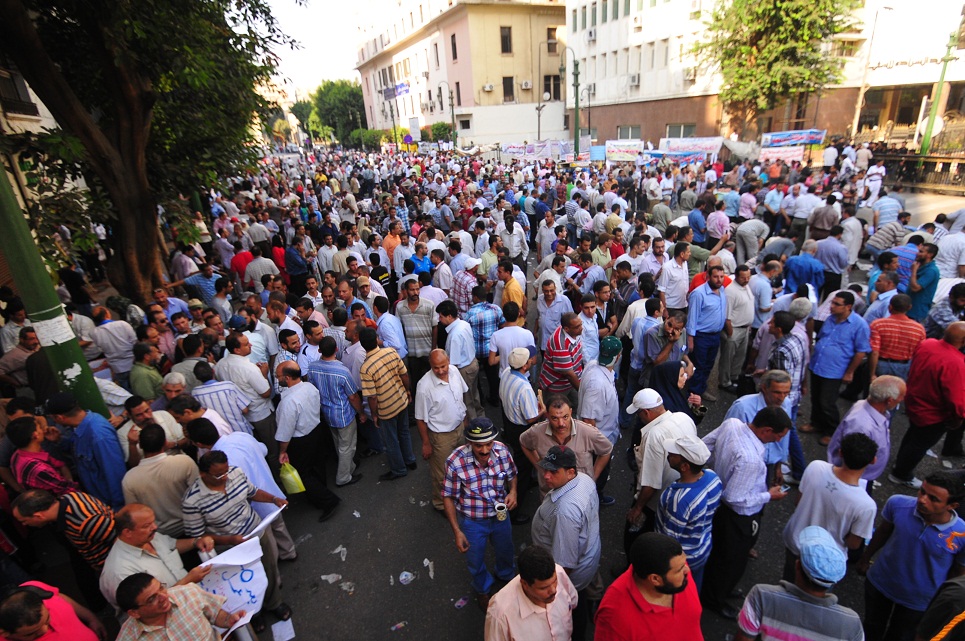59.4% of households would have to pay more than 25% of their monthly income to rent a median priced home estimated at EGP 800, according to Yahia Shawkat, co-founder of 10 Tooba Applied Research on the Built Environment.
Shawkat said that almost half of households (49.2%) would not be able to buy the median home, which at EGP 225,000 surpassed the House Price to Income (HPI) ratio of 6.6.
Official statistics reveal that about 3.2% of households live in non-durable housing. This means that around 200 people lose their lives and over 800 families are made homeless as a result of over 390 residential building collapses a year.
Shawkat added that an estimated 70% of Egyptian households live without secure tenure. The rural Delta governorate of Gharbeya had the highest proportion, at 93% without secure tenure. The frontier governorate of South Sinai had the least, at 8% of households.
Regarding safe water and sanitation, Shawkat said that about 17% of Egyptian households are deprived of access to safe water. The highest incidence is in Upper Egypt, where deprivation ranges from 19% to 46%. About 2.3 million households (13.3% of the population) do not have access to a tap inside their dwelling.
20% of Egyptians do not receive the sufficient national average of 152 litres per person per day, and in 5 out of the 27 governorates, over 25% of water samples failed quality tests.
Meanwhile, over 9.2 million households (53.4%) in Egypt are without improved sanitation. Most households use unsealed septic tanks, or informal sewage networks that discharge raw sewage into canals. Deprivation of improved sanitation is disproportionately high in Egypt’s rural areas of Upper Egypt and the Delta, according to Shawkat.




